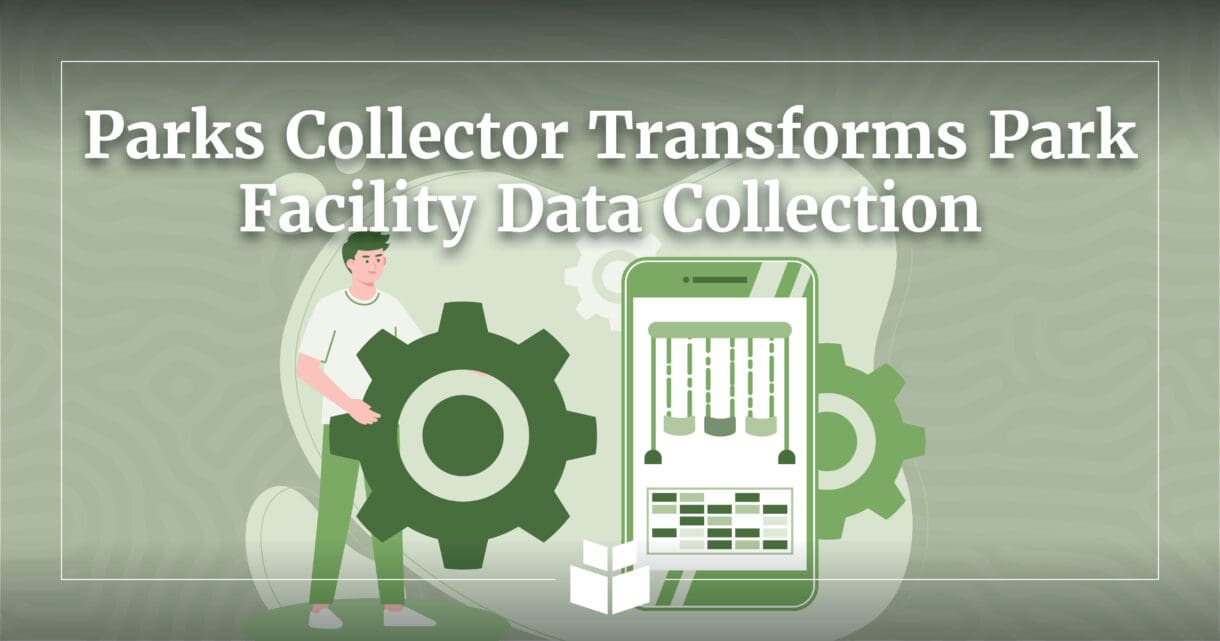
In the ever-evolving data collection landscape, WithersRavenel’s Parks Collector changes how local governments gather and manage data about park facilities. Developed in response to the limitations of paper-based methods, this innovative solution enhances efficiency and provides a seamless transition to a digital workspace.
What is Parks Collector?
Parks Collector is a GIS data collection application designed for mobile devices to support parks facilities planning. It enables technicians to quickly and easily capture quantitative and qualitative data for park components such as sports fields, playgrounds, and picnic shelters. It also allows users to attach photos of assets, providing visual evidence for condition evaluations.
How does Parks Collector work?
Armed with tablets or mobile phones loaded with the Parks Collector app, WithersRavenel technicians travel to parks, recreation facilities, and other outdoor spaces managed by local governments. They add asset types, record asset details such as size and condition, and attach photos to the asset records.
Back in the office, data collected via Parks Collector is automatically syncing to a GIS database—no manual upload needed.
“Parks Collector creates a faster and easier way of creating an inventory,” emphasized WithersRavenel Senior Planner, Daniel Rauh, AICP. “The information is already digital and can be beneficial for communities to have that spatial data and connect it with their existing asset information.”
What are the benefits of using Parks Collector?
Parks Collector offers four major process improvements compared to paper-based solutions:
- Faster, simpler data entry – Parks Collector uses dynamic decision trees to hide unnecessary data fields and prompt users to input the right type of data for each asset. Technicians don’t need to carry a stack of different asset forms or guess which data fields are relevant to each asset.
- Fewer input errors with data validation – Parks Collector uses data validation controls to prevent data type mismatches, such as entering just a length measurement when a length and width are required or recording an invalid material type. Because technicians are inputting data directly into a digital system rather than transferring it from an analog one, there are fewer opportunities for human errors like transposed digits.
- Fewer missed assets with real-time spatial mapping – As technicians are adding assets and locations to Parks Collector, field and office staff can view, query, and filter that data on a map in the app and on the web. Missed assets are easier to spot, leading to fewer return trips and less total time in the field.
- Richer data outputs – Because Parks Collector is designed with park facility planning in mind, local government leaders and planning project champions do not need to be experts in what data to collect—Parks Collector is purpose-built to collect the data needed for data visualization, capital improvement plan creation, maintenance plan development, and lifecycle modeling.
What can local governments do with Parks Collector data?
Once WithersRavenel assembles the data from Parks Collector in a GIS database, local governments have several options for how they can use the data:
Data Visualization
Using Esri, Power BI, or other data visualization tools, users can manipulate the data in a variety of ways, including:
- Tabulating data for easy searching, sorting, and filtering
- Plotting assets on a map, using symbols and colors to denote different statuses
- Creating charts and graphs to display data such as asset distributions by location, type, or condition
Facility Planning
A robust GIS data set is invaluable for transforming the facility planning process from a wish list of future projects to an actionable set of goals and tasks. With the data gathered via Parks Collector, WithersRavenel’s Design + Planning staff can work with local governments to develop or update a capital improvement plan (CIP) or create a detailed maintenance plan for a client’s assets. Parks Collector data makes it easy to prioritize projects based on location, condition, or other factors identified by the community.
Lifecycle Modeling
Lifecycle modeling takes facility planning from a static to a dynamic process. By combining Parks Collector data like asset material and condition with asset-specific deterioration models and the community’s maintenance routines, WithersRavenel’s Asset Management team can predict the future conditions of any park asset in a year, five years, twenty-five years—or any interval in between. Add information about annual parks and recreation budgets and proposed funding for repairs or replacements, and the realm of what-if scenarios is unlocked:
- What if we build a new park?
- What if we defer maintenance at an aging facility?
- What if we receive a recreation grant next year? (Or what if we don’t?)
- What if we reduce the budget for facility staff?
“Municipalities can start having an idea of what the future is going to look like and what their funding is going to get them,” stated WithersRavenel Implementation Consultant Lindsay Thomas, GISP. “If they know when things were installed or replaced last, we can use that information as well and get a total understanding of what the financial outlook is for each park.”
Conclusion
From athletic facilities to playgrounds, Parks Collector streamlines the process of capturing park data and turning data into insight. Supplement your community’s institutional knowledge with robust asset data and real-time visualizations by asking for Parks Collector on your next park planning project.

